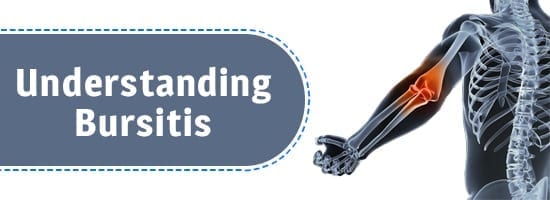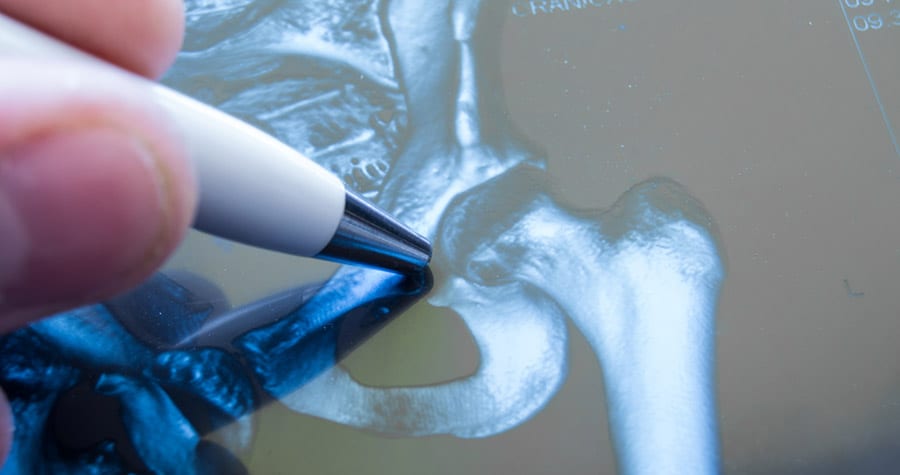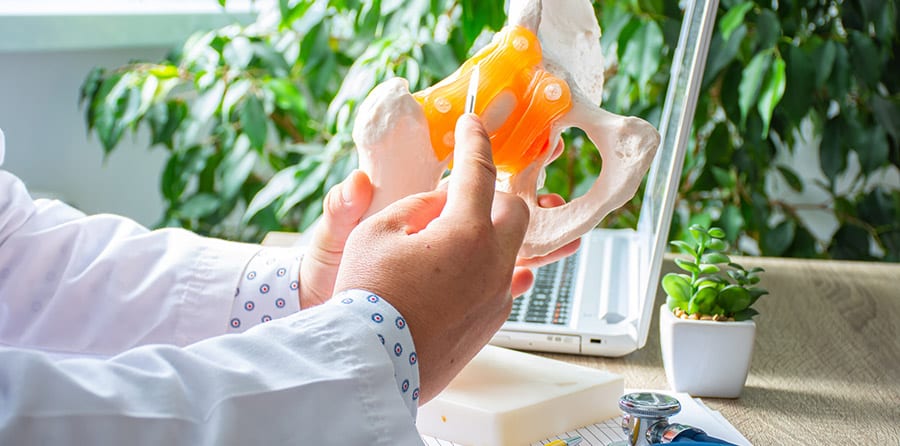
Understanding Bursitis
All over your body, bursae work to cushion your muscles, bones, and tendons. Bursae are small sacs that are filled with fluid. Bursitis occurs when the bursae become inflamed.
Bursitis is most commonly located in the hip, shoulder, and elbow, but can also develop in areas like the knee and heel. Essentially, the condition is most common wherever there are joints that you use repetitively, and is often seen in patients who sit for long periods or lift heavy objects over their head. In fact, in addition to older age, certain occupations like painting and laying carpet put you at an increased risk of developing the condition.
Usually, bursitis develops after trauma to an affected area. Conditions like gout, infection, and rheumatoid arthritis can also contribute to bursitis.
Symptoms
If you have bursitis, you may notice that the affected joint is achy or stiff. It can also be visually red and swollen. Many patients experience increased pain with movement or pressure in the affected area.
You should see a doctor if you experience pain for longer than a few days, especially if the pain is sharp or makes it difficult to move. Imaging tests and lab testing can be used to rule out other possible causes of your symptoms.
Treatment
The symptoms associated with bursitis often go away in a few weeks, although it is not uncommon to have future flare ups. You can rest the area to prevent further trauma. Ice therapy and pain medication can be used to manage symptoms while the bursae are inflamed.
If an infection is the underlying case of bursitis, your doctor might prescribe an antibiotic to treat it. Physical therapy is also helpful for strengthening the muscles and preventing future problems, while a walking cane or other device can be used to relieve pressure on the joints while you heal. In rare cases, surgery may be needed in order to drain the inflamed bursa or remove it completely.







